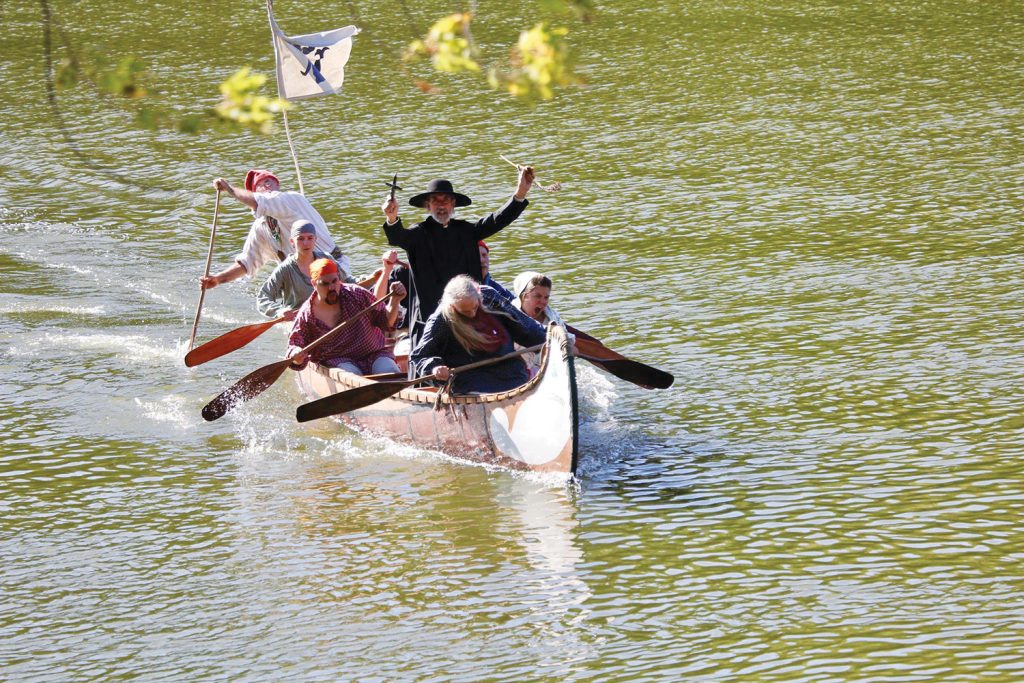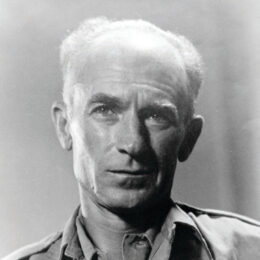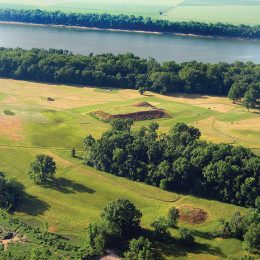
“Tippecanoe” is easily the most poetic and fun-to-say county in the state. But its meaning has nothing to do with capsizing a boat.
Tippecanoe is the anglicized word for a Miami Indian term meaning “place of the succor fish people” — because succor (also known as buffalo fish) were abundant in the waters in the area. The county takes its name from the Tippecanoe River that flows into the Wabash River northeast of the county seat, and also from the historic battle that occurred near the confluence of the two rivers 210 years ago this month.
The clash and ultimate confluence of two cultures — Native American and European explorers/settlers — are commemorated in historic sites around the county. Like the two rivers, one culture added to the other but its individual identity ended, while the other carried on.
Every early autumn, the Feast of the Hunters’ Moon celebrates the county’s early history of generally peaceful and mutually beneficial relations between the Native and European cultures with reenactments, programming, crafts, and food on the grounds of the Fort Ouiatenon Historic Park. The park is a 1930s re-creation of the original fort that was established on the banks of the Wabash by French fur traders in 1717. Remains of the original fort, abandoned in 1791, were discovered in the 1960s just a stone’s throw farther down river from the recreated historic park.
Relations between Native Americans and the encroaching settlers from the east coast and Europe deteriorated steadily through the latter 1700s. Finally, the two cultures came to a bloody confrontation Nov. 7, 1811, at the Battle of Tippecanoe.
Soldiers, led by William Henry Harrison, then governor of the Indiana Territory, defeated a confederation of Native Americans, led by the Shawnee leader The Prophet. The confederation, organized by The Prophet and his brother Tecumseh, who was away recruiting more forces, never recovered. The Battle of Tippecanoe is seen as the beginning of the end of the indigenous peoples’ way of life in the Midwest.
The battle also helped launch Harrison’s political career. Given the nickname “Old Tippecanoe,” he won the U.S. presidency in 1840, with running mate John Tyler, using the memorable “Tippecanoe and Tyler Too” slogan. Today, Harrison stands out to most people as the president who served the shortest term; he died a month after his 1841 inauguration.
The Tippecanoe Battlefield is now a National Historic Landmark that includes a museum, a memorial marker to Harrison and his soldiers, picnic grounds, hiking trails and a nature center.
South of Battle Ground, along the Wabash River, is Prophetstown State Park. The park commemorates the Native American village founded there in 1808. The park also features the open-air Museum at Prophetstown, with living history exhibits including a Shawnee village, and a 1920s-era farmstead.
For more information about Fort Ouiatenon and the Tippecanoe Battlefield, please visit: tippecanoehistory.org
For info about Prophetstown State Park, go to: prophetstown.org or in.gov/dnr/state-parks/parks-lakes/prophetstown-state-park
County facts …
Founded:1826
Named for: Tippecanoe River and the Battle of Tippecanoe (after Kethtippecanoogi — “Village of the Succor Fish People”)
Population: 199,562 (2021 estimate)
County seat: Lafayette
Indiana county number: 79



